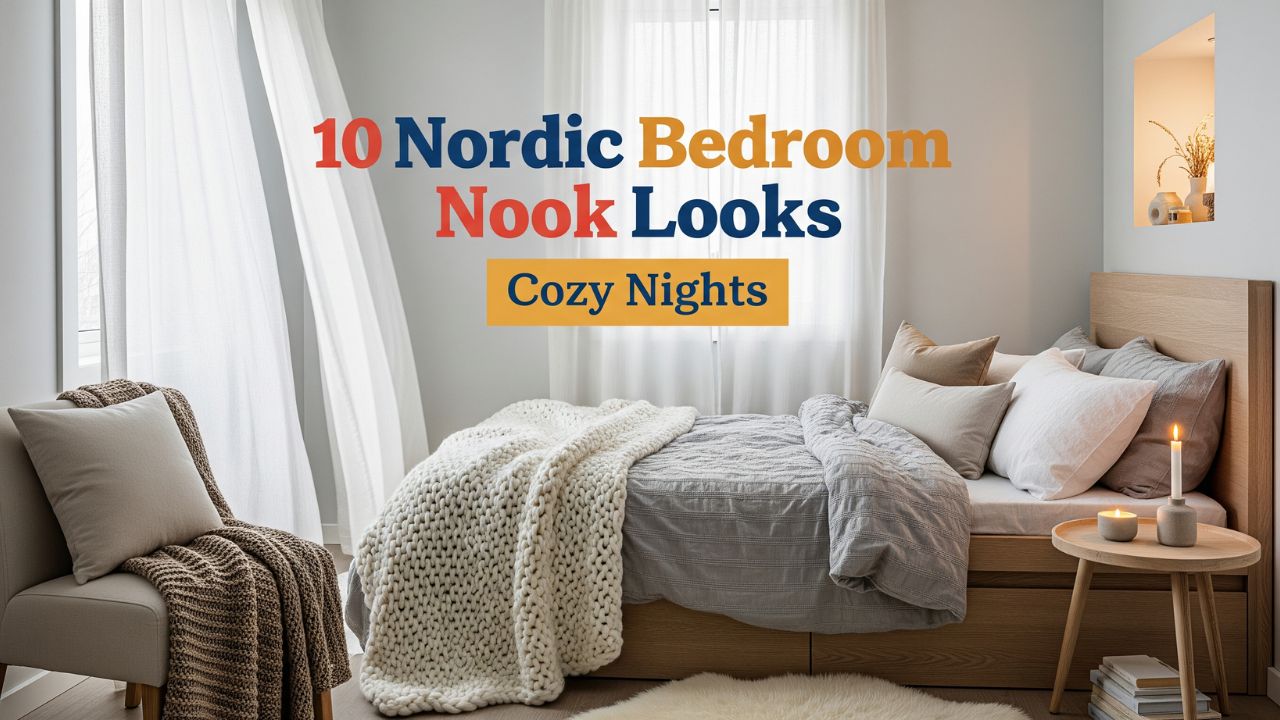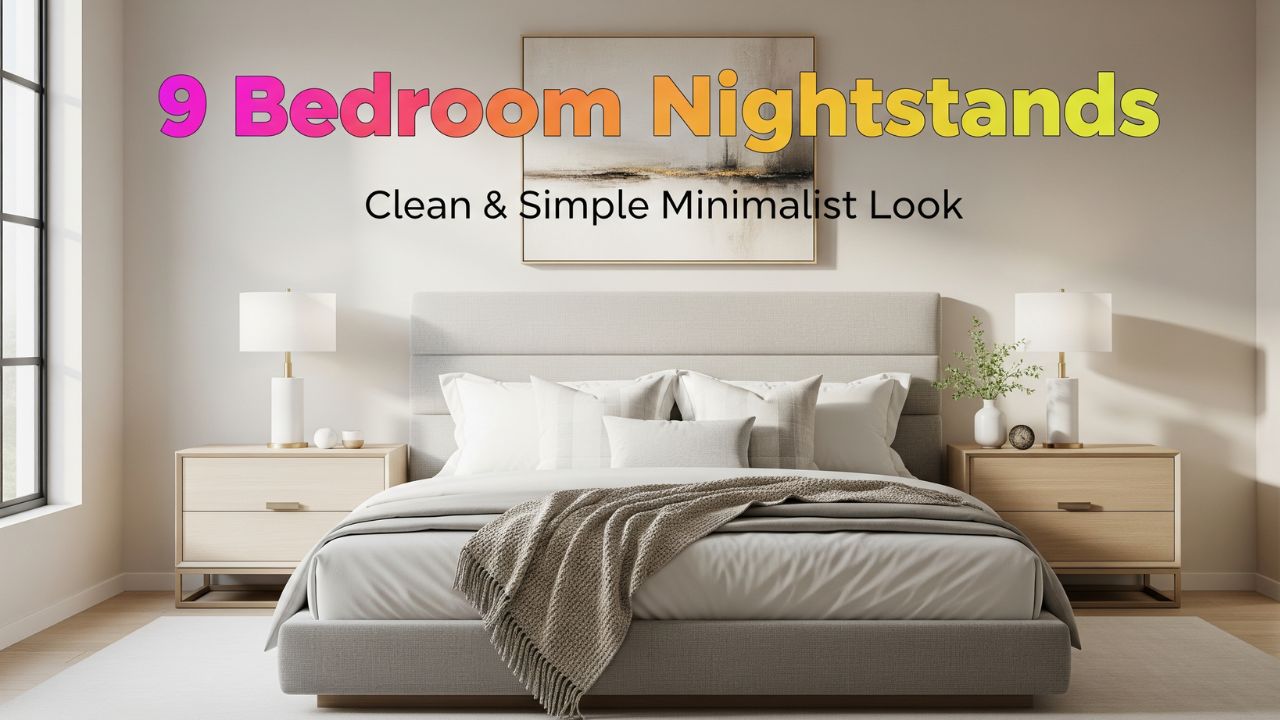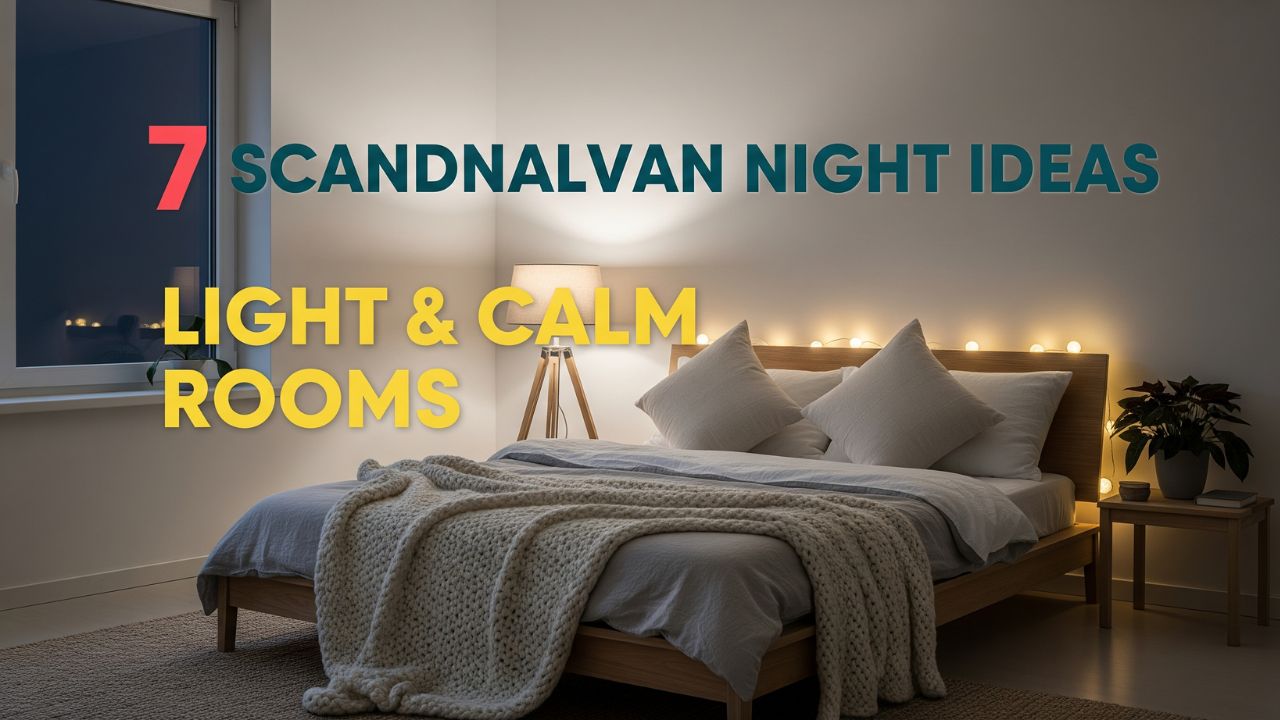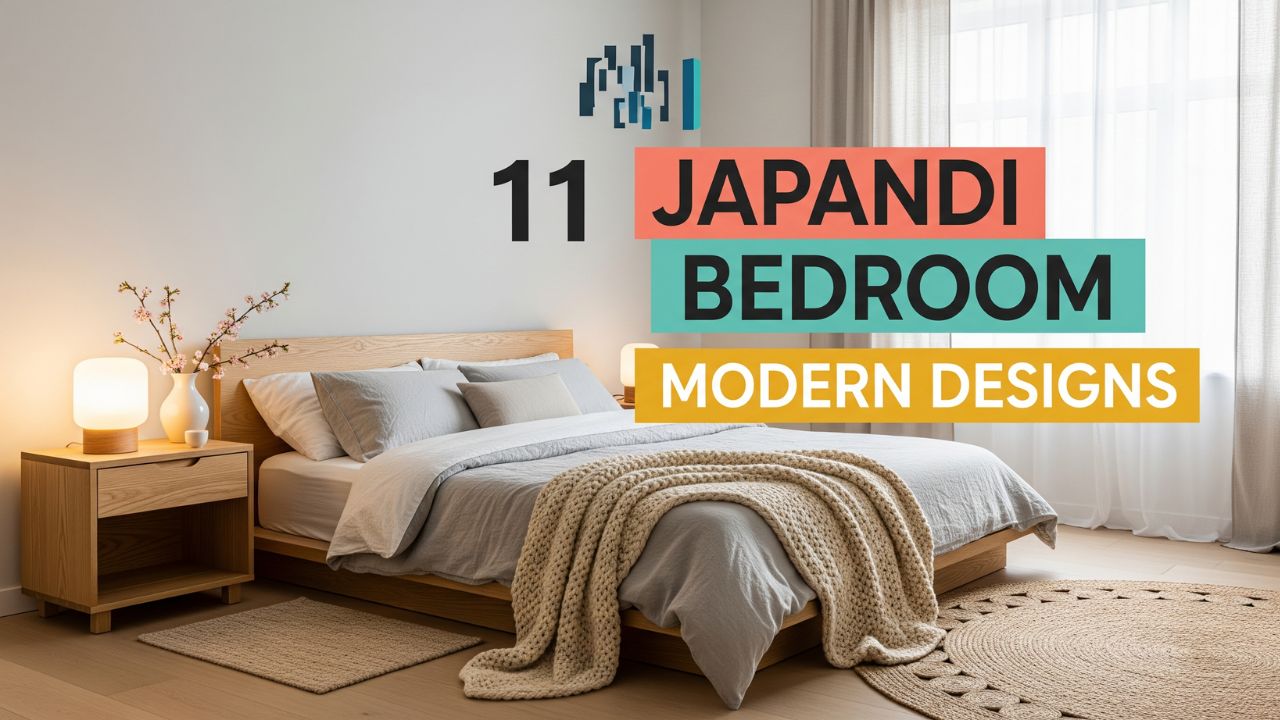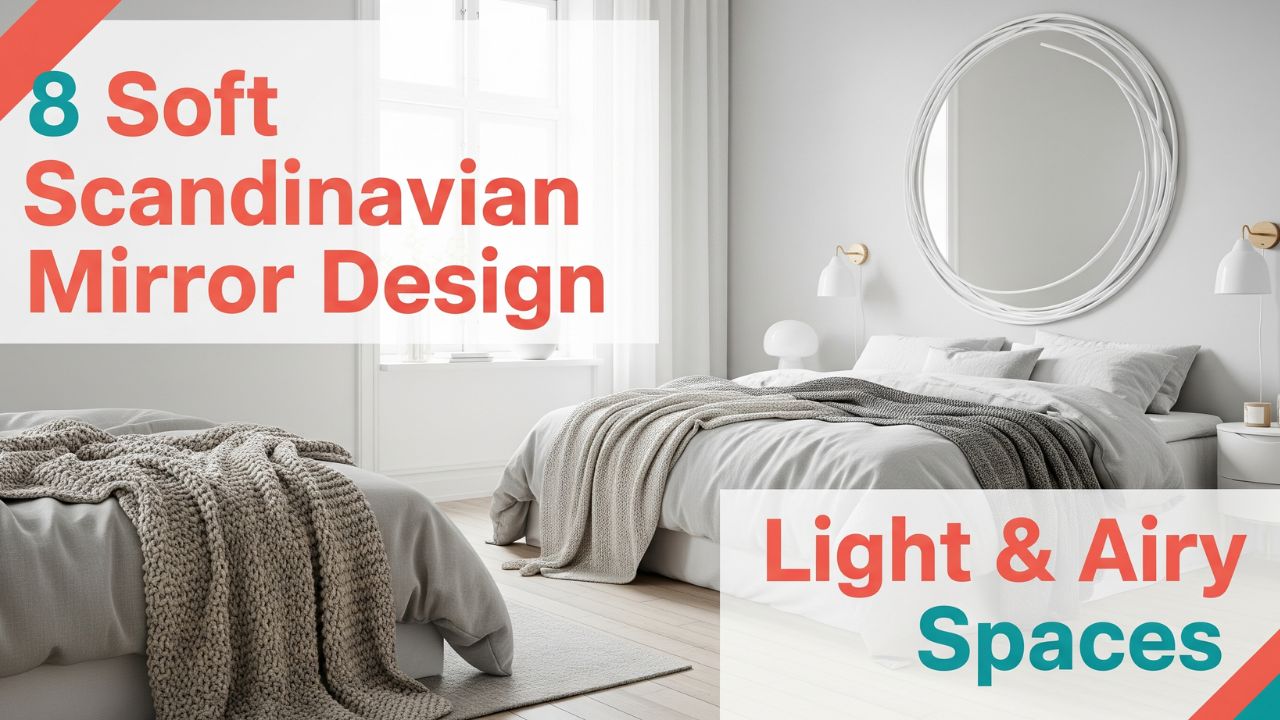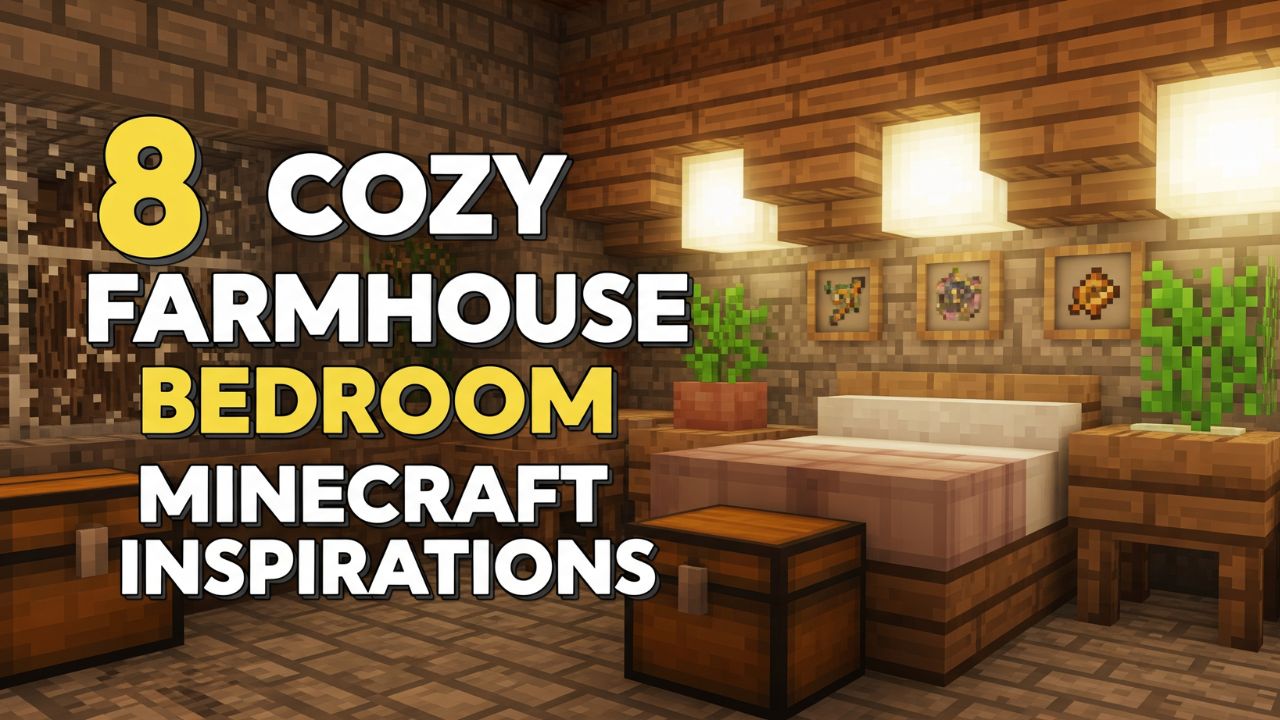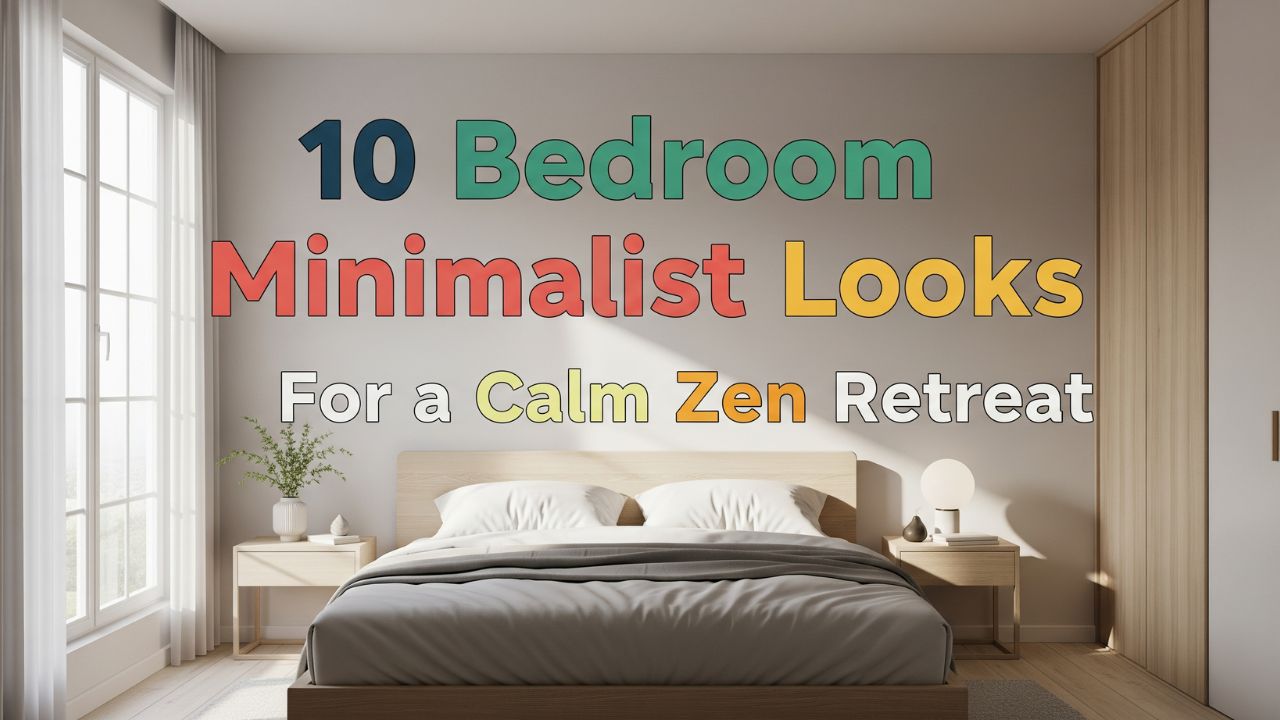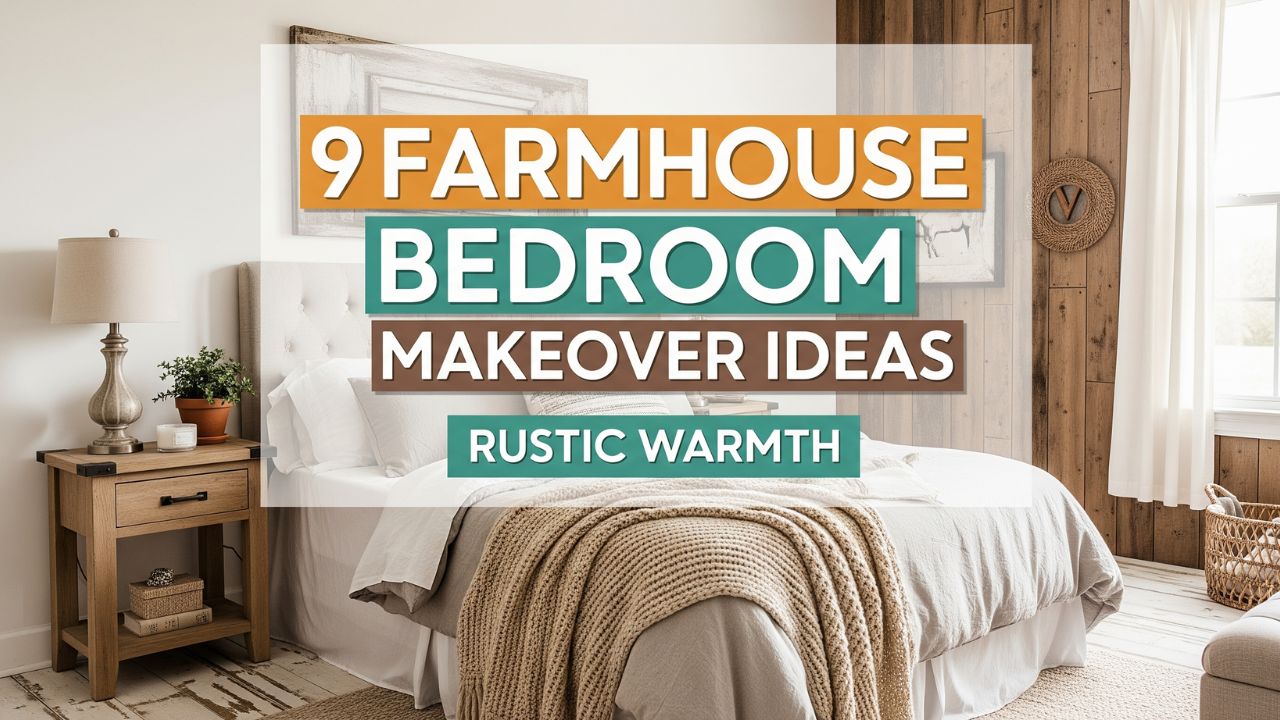Have you ever stepped into a living room and felt instantly at ease, as if the space was perfectly designed just for you? That’s the magic of furniture arrangement.
Whether you’re hosting a dinner party or lounging on a lazy Sunday, the way your furniture is arranged can dramatically impact the mood and functionality of your living room. But what’s the secret to achieving that perfect balance of comfort and style?
Today, we’re diving into 7 stylish ways to arrange furniture in your living room that will not only elevate your space but also create a more inviting and functional atmosphere. Get ready to transform your living room into a sanctuary that blends aesthetics with practicality.

Table of Contents
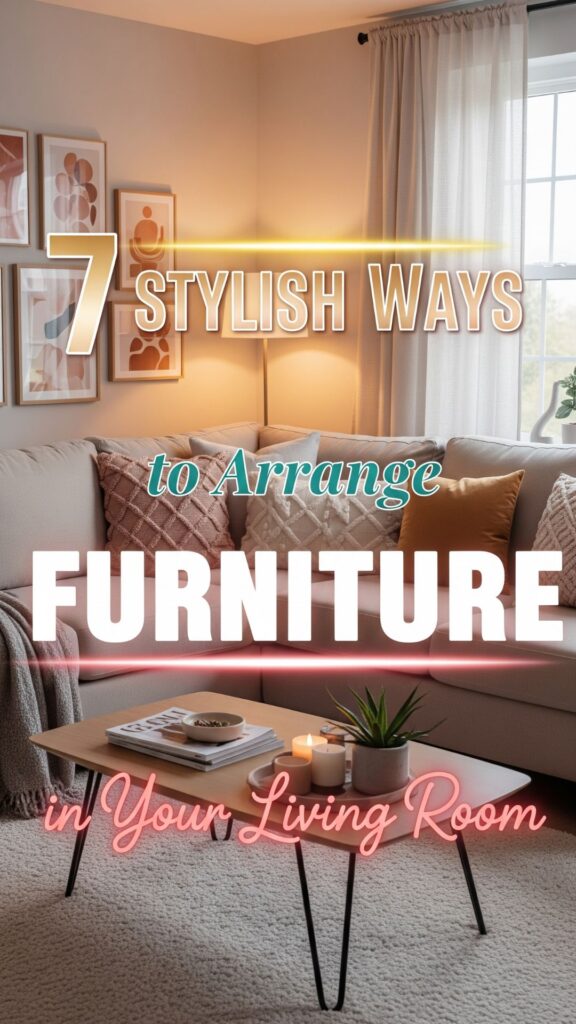
7 Best Ways to Arrange Furniture
1. Create a Cozy Conversation Zone
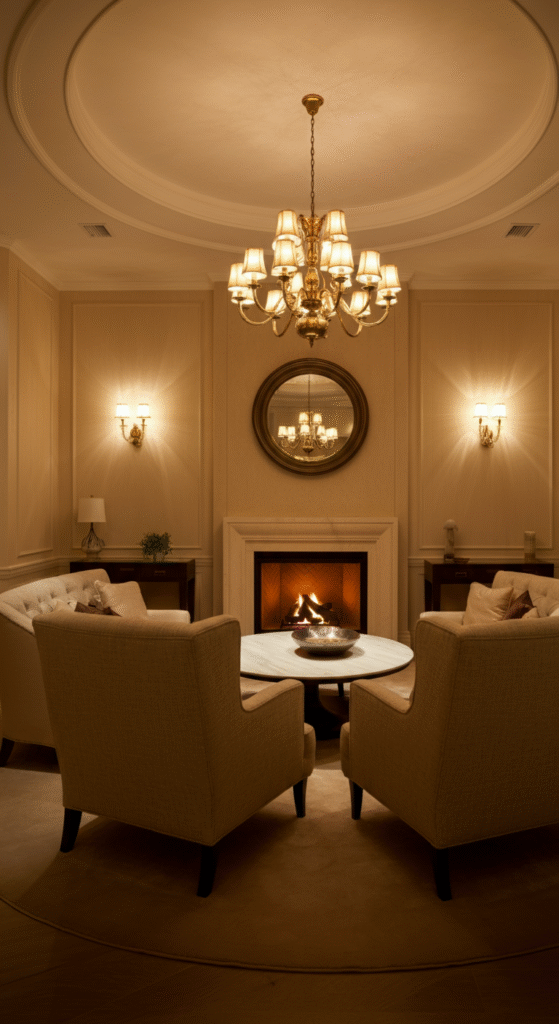
One of the most timeless and stylish furniture arrangements is the conversation zone. This layout focuses on making your living room a welcoming space where you and your guests can easily chat, laugh, and relax.
The key is to position your seating in a way that encourages interaction while maintaining enough space for movement.
How to Achieve It:
To create this cozy zone, arrange your sofa and chairs in a circular or U-shaped layout around a central focal point, like a coffee table or fireplace.
If your room is large, consider creating multiple seating areas with a pair of armchairs in one corner and a sectional sofa in another. This arrangement promotes intimacy and easy communication without feeling cramped.
Did you know? The ideal distance between seating pieces for a conversation-friendly layout is around 3 to 8 feet. This ensures that everyone can talk comfortably without having to raise their voices.
2. Embrace the Open Concept Layout
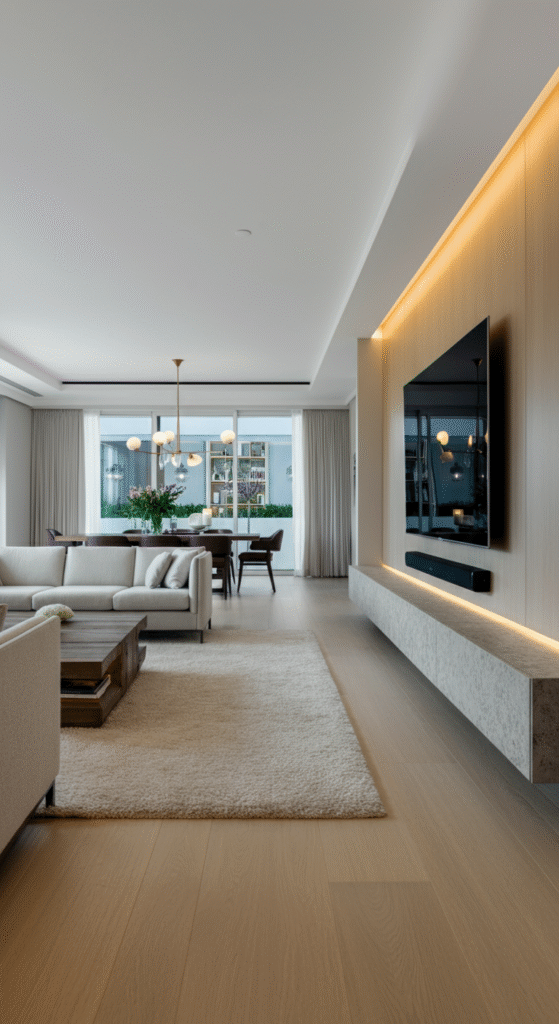
Open-concept living rooms have become increasingly popular, especially in modern homes. This arrangement blurs the lines between the living room, dining room, and kitchen, making your space feel more expansive and connected. With a few thoughtful touches, you can use furniture to create distinct zones within the same room.
How to Achieve It:
Start by placing your seating in a way that defines the living area. A sectional sofa or a few armchairs facing each other work well in this layout. Use rugs or lighting to distinguish different zones, such as the sitting area and dining area.
For an extra touch, you can add a statement piece of furniture like an accent chair or a bold side table to bring the space together.
Interesting Fact: Studies show that open-concept layouts promote better social interaction and are perfect for families or individuals who enjoy a more communal living environment.
3. Focus on Symmetry for Balanced Elegance
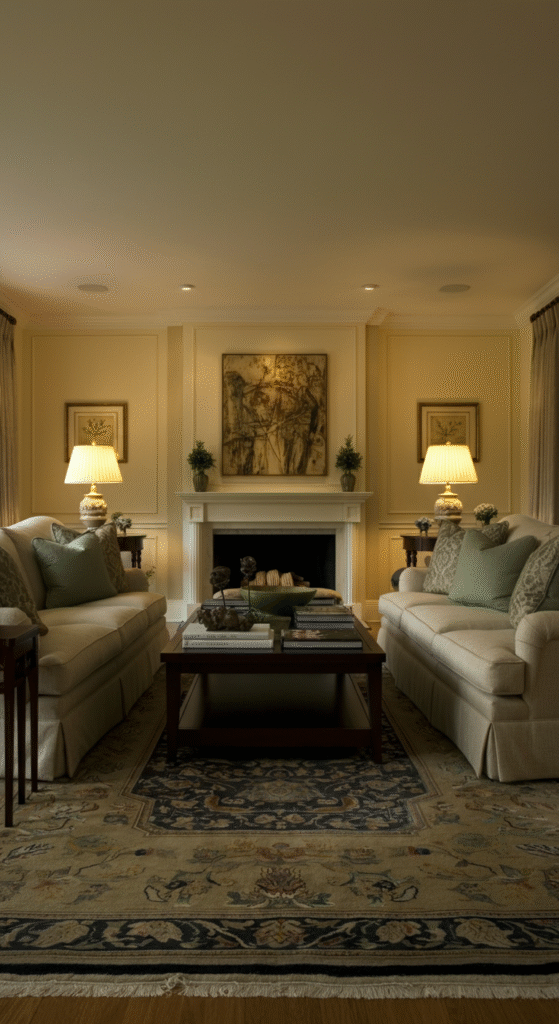
Symmetry in furniture arrangement can lend your living room an air of sophistication and order. By mirroring seating and accessories on both sides of a central focal point, you’ll achieve a visually pleasing and balanced look.
How to Achieve It:
Place your sofa in the center of the room, flanked by matching armchairs or side tables on either side. Ensure the coffee table and decor items are aligned symmetrically for a polished appearance.
This layout is perfect for formal living rooms, where symmetry creates a sense of harmony and elegance.
Did you know? Symmetry is a principle widely used in classical and modern architecture. It creates a sense of stability, making the room feel organized and balanced.
4. Create a Relaxing Reading Nook
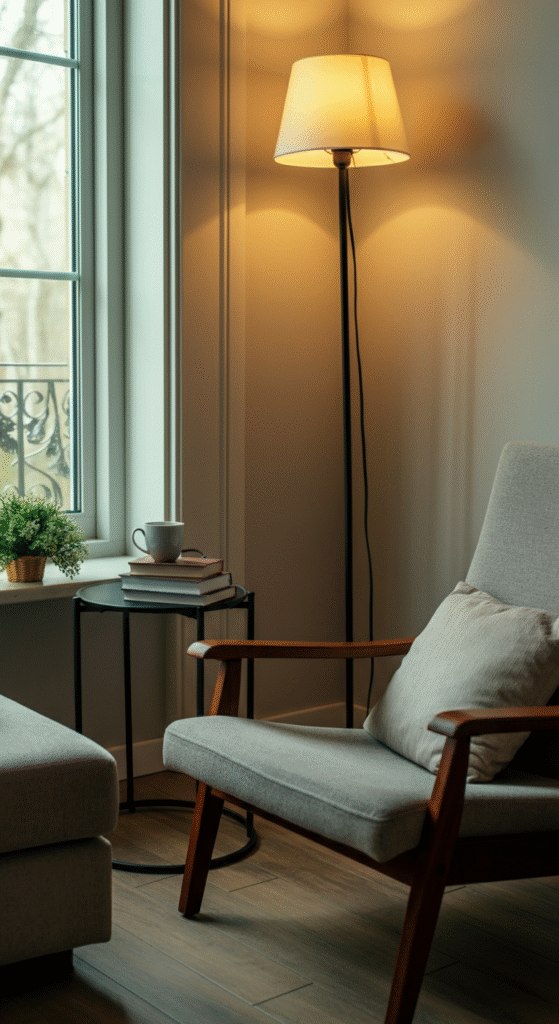
What’s better than having a designated corner for reading and unwinding? A reading nook not only brings an element of coziness to your living room but also adds a personal touch that invites relaxation.
How to Achieve It:
Pick a corner of your living room where natural light floods in. Arrange a comfortable armchair or lounge chair with a small side table for your books or a cup of tea.
Add a stylish floor lamp or pendant light to provide ample lighting for reading, and incorporate soft throws or cushions for added comfort. If space allows, a small bookshelf or storage unit nearby will keep your favorite novels within reach.
Interesting Fact: A well-designed reading nook can improve focus and concentration. It provides a quiet retreat where you can escape into a book or simply enjoy some downtime.
5. Go for the Minimalist Arrangement
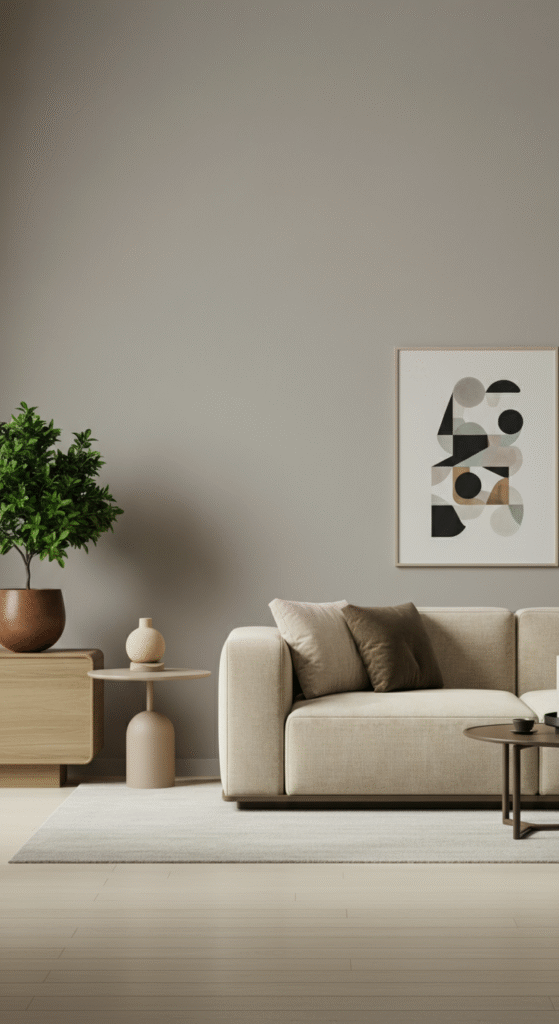
If you prefer a sleek and uncluttered look, a minimalist furniture arrangement is the way to go. This style focuses on simplicity, clean lines, and functionality, creating a serene atmosphere that helps eliminate distractions.
How to Achieve It:
Stick to essential furniture pieces, such as a low-profile sofa, a few accent chairs, and a simple coffee table.
Keep accessories to a minimum, choosing just a few statement pieces, like a modern artwork or a sculptural vase. The key to minimalist design is leaving plenty of negative space to avoid a crowded feel.
Myth Busting: Many people assume that minimalist designs lack personality or warmth. In reality, the minimalist approach focuses on quality over quantity, allowing each piece to shine and contribute to the overall aesthetic.
6. Incorporate a Feature Wall or Focal Point
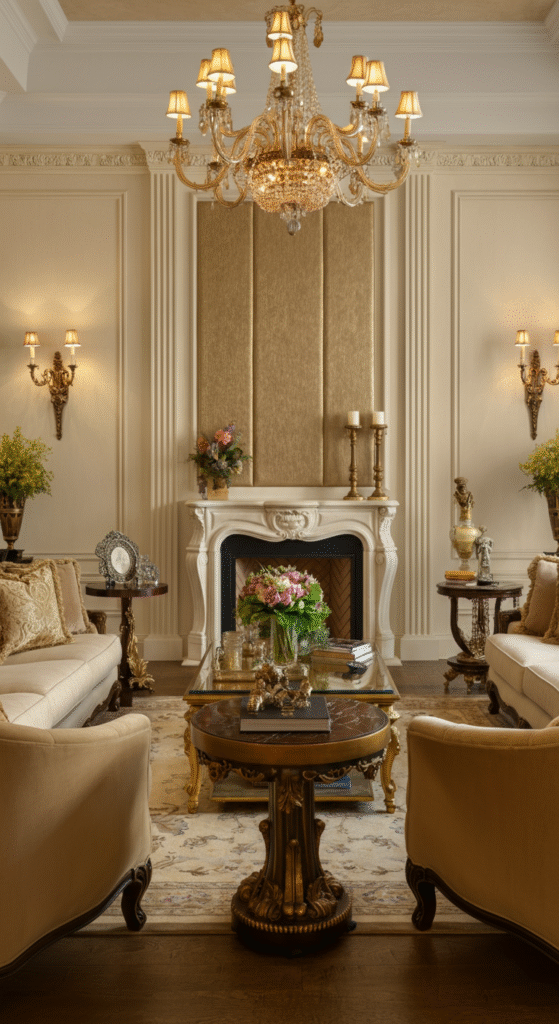
Every living room can benefit from a feature wall or focal point that draws attention and adds visual interest. Whether it’s a stunning piece of art, an elaborate fireplace, or a large window with a beautiful view, the focal point serves as the anchor for your furniture arrangement.
How to Achieve It:
Place your seating arrangement around the focal point so that it becomes the center of attention. For instance, arrange your sofa and chairs to face the fireplace, or angle them toward a large piece of artwork. This will ensure that the feature wall complements the overall design while enhancing the room’s flow.
Did you know? The human eye is naturally drawn to the focal point in a room, making it an essential element in interior design. It guides how we interact with the space and directs attention where it’s needed most.
7. Experiment with Multi-Functional Furniture
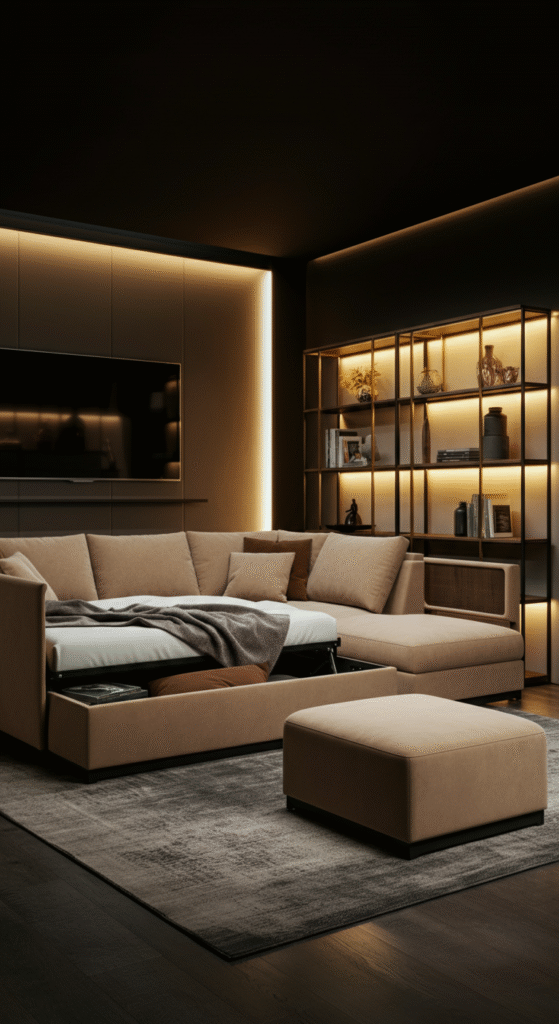
As living spaces become more compact, multifunctional furniture is a game-changer. This furniture arrangement focuses on maximizing space while maintaining style and comfort.
How to Achieve It:
Invest in pieces that serve dual purposes, such as a sofa bed, a coffee table with hidden storage, or modular seating that can be rearranged based on your needs.
Place these pieces strategically to avoid overcrowding while ensuring they serve both aesthetic and functional purposes. This arrangement is ideal for smaller living rooms or those with a lot of traffic.
Interesting Fact: Multi-functional furniture is not just for small apartments. It’s gaining popularity in larger homes as well due to its versatility and ability to maximize space for different activities.
Conclusion
Arranging furniture in your living room is more than just about putting pieces together. It’s about creating a space that feels both stylish and functional, where every piece contributes to the overall vibe of the room.
Whether you’re going for a cozy conversation zone, embracing the openness of an airy concept layout, or adding a touch of symmetry for a formal feel, there’s a furniture arrangement for every home.
Remember, furniture arrangement isn’t a one-size-fits-all approach. It’s about finding what works best for your space, your style, and your lifestyle. So take these 7 stylish ideas, experiment, and create a living room that truly feels like home.
Frequently Asked Questions (FAQs)
How do I arrange furniture in my living room for better flow?
To improve the flow in your living room, keep the seating arrangement open and spacious. Avoid overcrowding the room with too much furniture. Arrange your seating in a way that allows easy movement between areas, leaving clear pathways for people to walk. Creating a focal point, like a TV or fireplace, and positioning furniture around it helps guide movement and interaction.
What’s the best furniture arrangement for a small living room?
For a small living room, consider a layout that maximizes space without making the room feel crowded. Opt for a minimalist arrangement with essential pieces, like a compact sofa and chairs, and keep the furniture closer together to create a cozy, intimate feel. Use multi-functional furniture such as storage ottomans or wall-mounted shelves to save space and maintain a clutter-free environment.
Should I place my furniture against the wall in a small room?
Placing furniture against the wall is a common solution for small rooms to create more floor space. However, pulling furniture slightly away from the wall can actually make the room feel larger and more inviting. This arrangement encourages conversation and can help balance the space, especially if you have a focal point like a fireplace or artwork.
How can I create a focal point in my living room?
Creating a focal point in your living room adds visual interest and provides a central element around which furniture can be arranged. This could be a fireplace, a large piece of artwork, or a statement furniture piece like a stylish sofa. Arrange your seating to face or frame the focal point, which draws attention and gives the room a more cohesive and organized look.
What is the most stylish furniture arrangement for a modern living room?
For a modern living room, aim for clean lines and functional arrangements. A popular layout is placing a sectional sofa as the centerpiece, with a low-profile coffee table and minimalist décor. Keep the room open by using open shelving and avoid overcrowding with unnecessary furniture. Accent the space with modern art, sleek lighting, and a few statement pieces.
